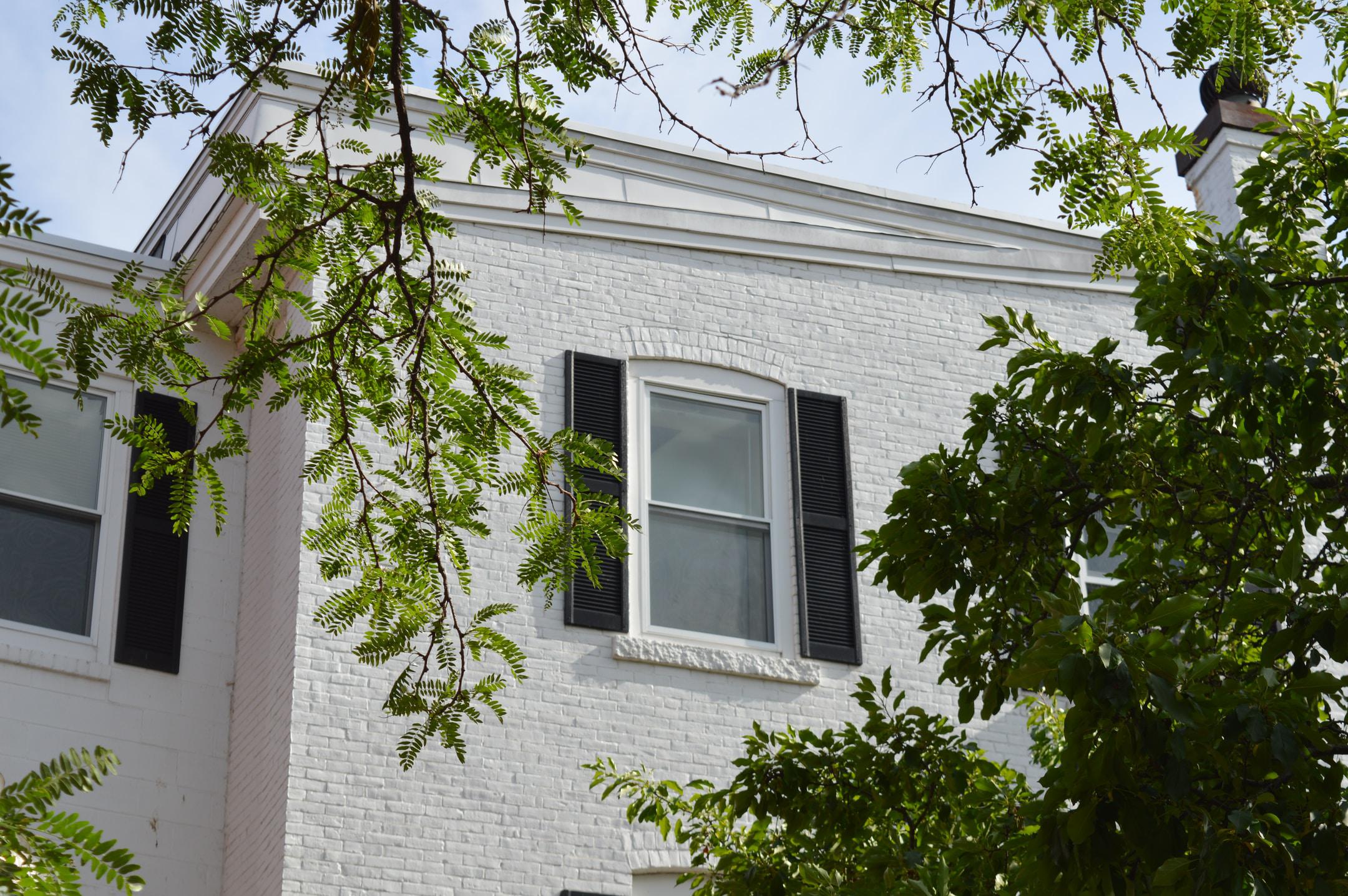
Caulk is a flexible sealant usually supplied in a tube or sausage and is used to seal joints for a watertight union. It is often used to weatherproof dissimilar substrates and prevent water intrusion into the joint and subsequently into the home. According to paint companies in South Florida, exterior caulks in our area need to be checked and maintained on a routine basis.
Caulk is used primarily to seal or bridge a joint of two dissimilar substrates. For windows, it's used for frames to masonry wall returns, metal joints to metal, and glass to metal. On exterior doors, caulk is applied for jams to masonry returns, 90-degree angle stucco to stucco, bands to walls, fascia miter corners, and linear wood sections to sections.
These surfaces, particularly in a new home, will shift as the house begins to move and settle. This natural movement moves the substrates, causing the joints or intersections to stress, shift, and then separate. The movement can cause the caulking to flex or move beyond its capabilities, causing the joints to open and expose the opening to the elements.

Another common condition seen by paint companies in Florida is when the substrate caulked is wood. Wood is dimensionally unstable, and in our moist, humid tropical climate, wood expands and contracts constantly. This constant movement will cause the caulking to lose its seal on the substrate.
Wood on a new home has an additional problem because it is new and fresh. As the wood matures with age, it will shrink as it dries out and the moisture content dissipates. This shrinkage will cause the caulking to be stressed beyond its flexibility. This area will need to be recaulked to prevent water intrusion into the wood, which will cause the wood to rot prematurely.
All these factors make it necessary for a homeowner to periodically check the exterior caulking on their home. Natural movement and the expansion and contraction of a substrate all affect the long-term durability of the exterior caulk.
Florida paint companies recommend that all caulking be checked for deterioration, cracking, splitting, and loss of adhesion. Where signs of wear are present, old materials will be dug out and replaced with a continuous bead of caulking, tooled in a professional manner. The width of the bead should be equal to the depth at minimum.
All caulking that is to be re-applied over the existing caulk will be wiped with a solvent to remove all surface contamination or any other substances that may affect the bond of the new caulking material.
This is followed by the application of a neat, clean bead of caulk overlapping the surfaces.
Routine maintenance and periodic inspections of exterior caulking by a Florida paint company will prevent water intrusion into the substrates and avert water damage on the wood and your home.